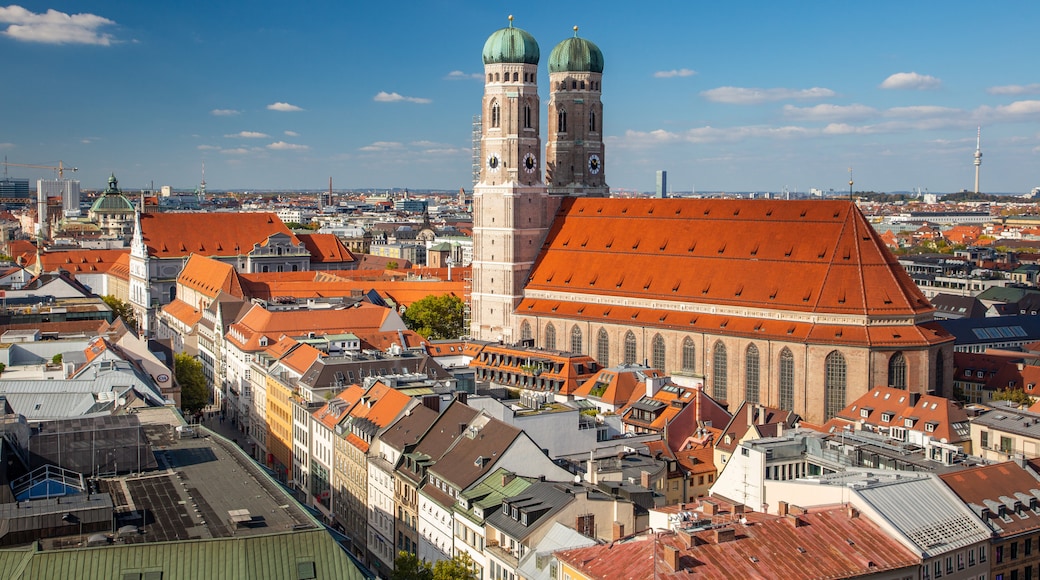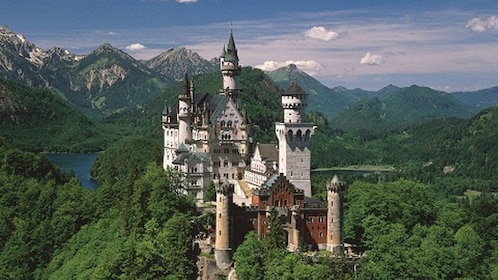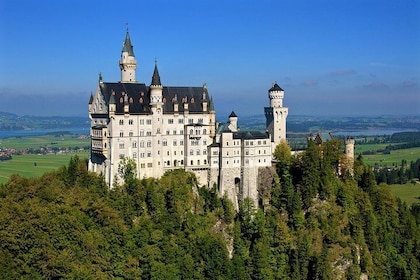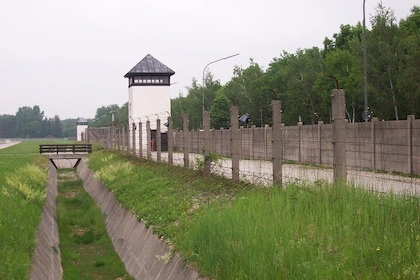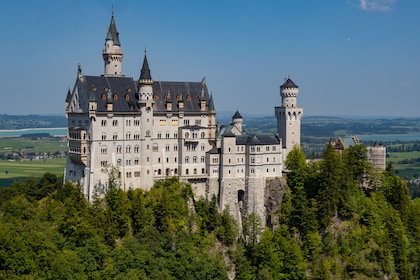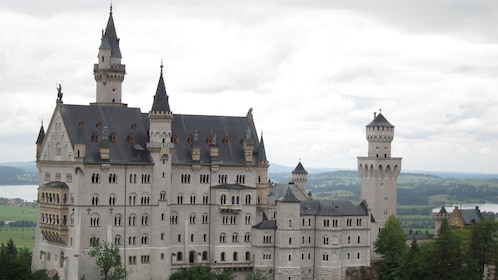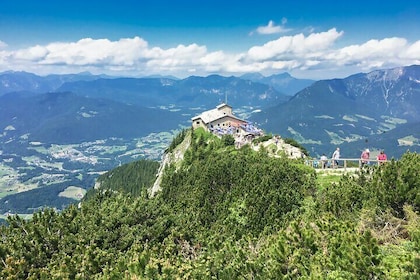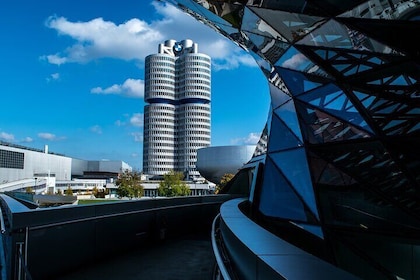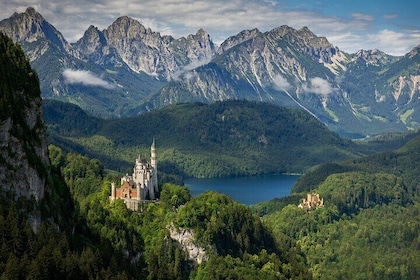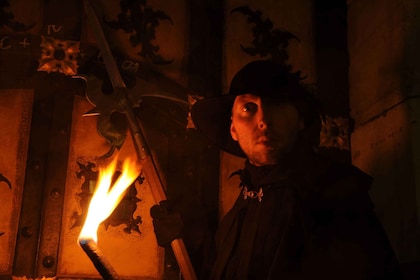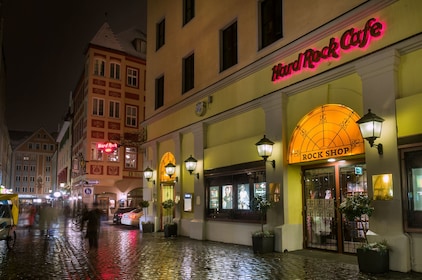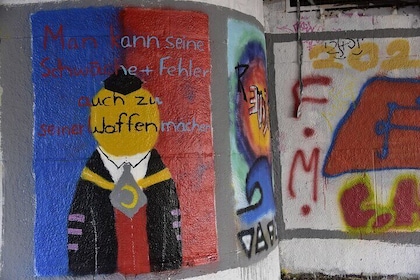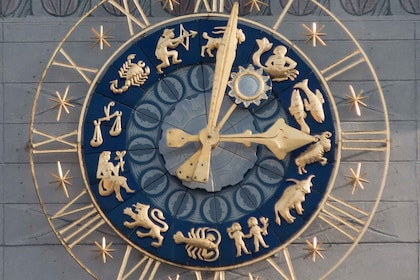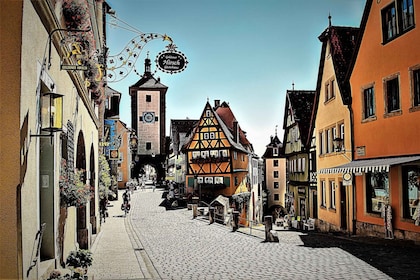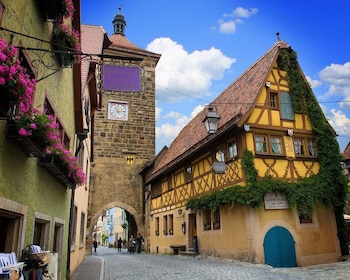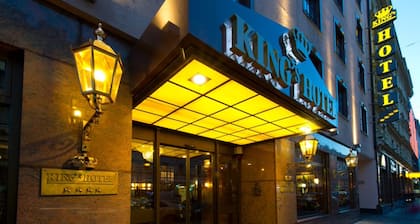The Church of Our Lady (Frauenkirche) is the landmark cathedral of Munich. Composed primarily of red brick, the Frauenkirche was designed and built in the German Gothic style by architect Jörg von Halsbach in the 15th century. The green Renaissance-style domes were added in 1525. These were meant to cover the towers only temporarily, until expensive spires could be constructed, but people grew attached to the domes, and they remain a familiar feature of the Munich skyline.
Behind its austere façade, the Frauenkirche is enormous. The interior of the church is surprisingly vast. The space is divided by octagonal columns, so the nave and two long aisles appear much smaller. Take a moment to walk around inside, though, and you will get a sense of the scale of this building that can seat up to 4,000 people. For a glimpse over the red roofs of Munich and out toward the Alps, climb the Frauenkirche’s southern tower and gaze out. Restrictions on building in Munich ensure that the view from the tower is unparalleled in town. Note though that the tower may be closed for maintenance, so check whether it's open before you visit.
Search for the Frauenkirche’s most infamous feature, a black footprint shape near the entrance known as the Devil’s Step. There are a number of fascinating and dubious local legends about the origin of this enigmatic print. Next, view the impressive black marble and bronze mausoleum of Emperor Ludwig IV of Bavaria, which is just one of many tombs at the church. Other members of the Wittelsbach dynasty and the Munich clergy are also buried here.
The Frauenkirche is open every day, and tours run at 2 p.m. every Sunday, Tuesday and Thursday. It is situated in Frauenplatz in the center of Munich, just a short walk from the Marienplatz.
